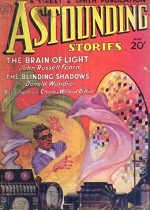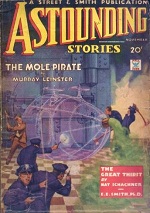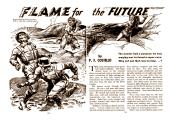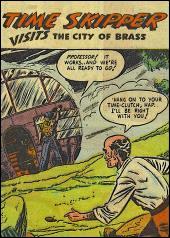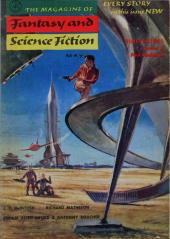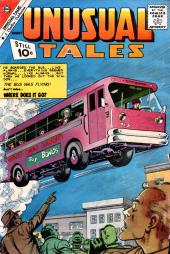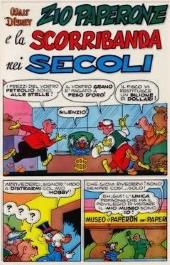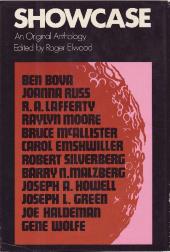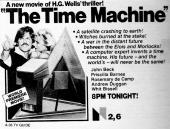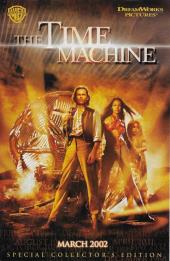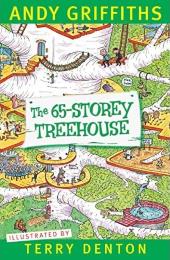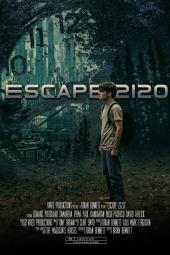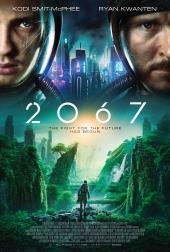Novelette
A Race through Time
- by Donald Wandrei
- Astounding Stories, October 1933
Evil Daniel kidnaps Ellen and takes her to the year 1,000,000 A.D. via metabolic speed-up! Not to worry. Good and compassionate Webster follows via relativistic time dilation! —Michael Main
What I’ve done is to build a time-space traveler, working by atomic energy. Even as long ago as 1913, you know, Rutherford succeeded in partly breaking down the hydrogen atom. By 1933, others succeeded in partially breaking down atoms with high voltages of electricity. But they used up far more energy than they got back, or released. I’ve simply perfected the method to a point where, with an initial bombardment of fifty volts, I can break down one atom and get back thousands of times the energy I put in. There’s nothing strange or wonderful or miraculous about it. I don’t create energy of power from nothing. I simply liberate energy that already exists. Part of the power I use to break down another atom, and so on, while the rest is diverted to propel the torpedo by discharging through tubes—like a rocket. I’ve made one short experimental trip.


